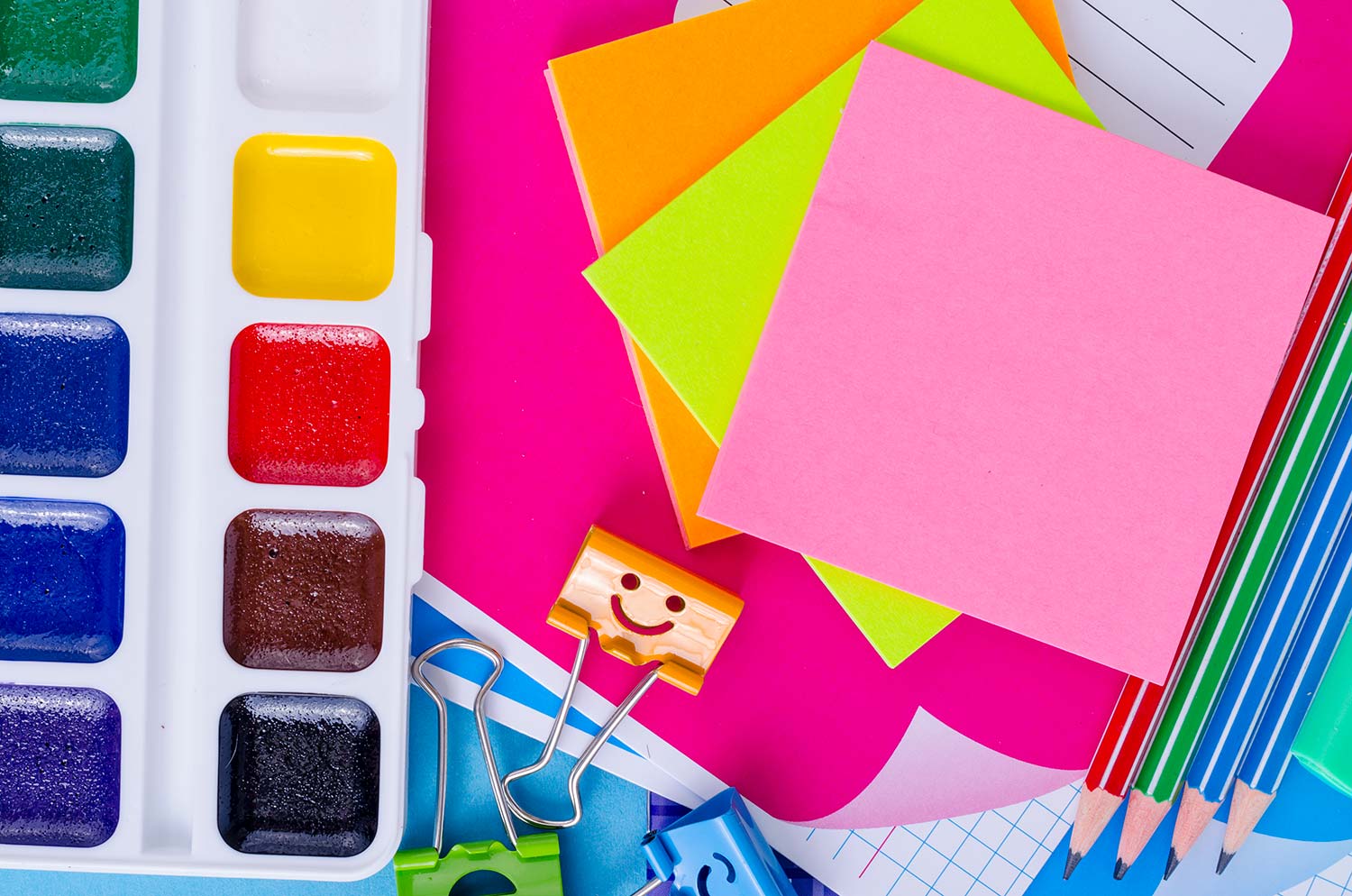
New Year's resolutions have become legendary and evoke, to say the least, mixed feelings. On the one hand, many people still enjoy writing down their goals, treating the beginning of a new year as a positive impulse, a symbolic and motivating moment when everything can be started anew. On the other hand, we hear many voices arguing that New Year's resolutions are pointless. Often, they're just a fleeting impulse; expectations are excessive or even unrealistic, so our enthusiasm only lasts a few weeks. As a result, around the mythical Blue Monday, we end up in an even more miserable, depressing mood.
So, do New Year's resolutions even make sense? Are they worth making or not? And if we do decide to make them, how can we approach the matter wisely? And how can we support children in making such resolutions?
New Year's Resolutions – Are They Worth It or Not?
If you're wondering whether writing down any resolutions and teaching them to your children makes sense, the answer is yes! Provided, of course, that you do it right. Making resolutions is simply learning how to set goals and then achieve them. It can be a great lesson in organization and planning. Such tasks also require patience, humility, persistence, and conscientiousness—all the traits essential for success in adulthood. These are skills of the future that are worth cultivating from a young age.

New Year's Resolutions - Why Can't We Stick to Them? And How Can We Change It?
So what's the problem? Why are so many people unable to stick to their resolutions? First, Antoine de Saint Exupery offers an answer. He once said , "A goal without a plan is just a wish." Exactly! Goal setting and planning are closely intertwined. If we don't prepare a detailed action plan, our resolutions, or goals, will remain mere dreams, with no chance of achieving them. Another problem concerns scale. A new year brings a fresh start and a fresh start, so we often tend to overstate our wishes. As a result, our goals are too ambitious, overstated, and downright unrealistic. When implementing change , the small steps approach works best ! And with children, it's important to ensure that resolutions are appropriate for their age and abilities—otherwise, they can backfire!
How to Turn Dreams into Action? – A Mini-Guide for Kids and Adults :)
- Find a goal - write it down and visualize it, which will help you increase your motivation.
- Divide the main goal into smaller goals or steps – goals that are too big can be overwhelming, the small steps method works best
- Check your progress – regularly checking your progress and the stage you are at increases your chances of success
- Celebrate small victories – reward yourself for each successful step, it will motivate you further
- Remember about support – share your plan with someone, it will increase your motivation and help you stick to your resolution
New Year's Resolutions for Children – Important Rules
Fun, Not a Duty. The first, fundamental rule of New Year's resolutions for children: they shouldn't serve to fulfill the ambitions of others, as in the case of adult children! Children should set their own goals and derive joy and satisfaction from achieving them. Instead of trying to fix a child's weaknesses, why not focus on their strengths and work even harder on their talents? For example, cleaning their room, making their bed, or eating only healthy meals sounds like a punishment, not a challenge. Take a moment to discuss what New Year's resolutions are and what they serve. Then, talk to your child about their interests and whether they'd like to try something new. Together, consider which skills are achievable and would be fun for your child. Perhaps it's extra hours playing an instrument or taking drawing lessons. Another interesting idea is to set a goal of exploring, for example, five new capitals of the world in a given week, or learning a few new phrases, such as Spanish.
Provide fun and appropriate visuals
To avoid tedious planning, the visual aspect is also important. Use colorful markers and sticky notes, stickers, markers, stamps, or paints – then planning will become a fun activity. Any creative activities and various forms of expression can help you clarify your desires. A creative dream map is a good starting point for setting your most important goals. Attractive, aesthetically pleasing planners or notebooks in which you can record your progress also help motivate you to pursue your goals.Short time horizon
It's worth breaking down specific resolutions into shorter time periods – New Year's resolutions for children summarized after a year or a quarter won't yield tangible results. Set daily/weekly goals for your child, or for older children, monthly goals at most. A suitable wall calendar is also a good idea, where you can mark completed tasks. Collecting "tokens" or beans is also a good idea. The jar filling with them will clearly demonstrate to your child that their work is producing tangible results. After collecting a certain number, reward your child with something they'll truly enjoy. This could be a trip for ice cream, to the cinema, or to the playroom. Introducing such a system will establish a certain discipline, and the reward will be fully deserved, reinforcing the child's belief that the effort was worth it.
The prize is not the goal
Take the time to explain the importance of completing these tasks, the benefits of completing them diligently, and how this will pay off in the future. Consistency, daily effort, and commitment make us better, wiser people. For example, learning new capitals or new language phrases allows you to travel freely around the world, and learning to play an instrument brings your child closer to their dream job. It's also important to summarize what has been achieved during the designated period—what new skill or knowledge the child has acquired. It's worth using a reward system, as it will motivate them to continue working, but the reward should be just a bonus, not the goal itself.The example comes from above
There's no better method than… a good example! Children's resolutions are also a great motivation for parents. There's definitely room for another section in the calendar where adults can check off their resolutions as well. Maybe this is a good time to get back to learning a language, implement even 15 minutes of daily physical activity, or set a goal of reading an extra book? One thing's for sure: there won't be a better time, and the package also includes impressing your child, who will surely make sure you're accountable for your commitments. 😉


Podziel się:
The most common childhood diseases - how to recognize and treat them?
Sweet baby clothes with a teddy bear and teddy bear ears - Przytulasy Collection